Have you ever been startled by the persistent tap-tap-tap of a bird against your window? This curious behavior, observed in numerous bird species across the world, often leaves homeowners puzzled and occasionally concerned. While it might seem random or even annoying, there are fascinating biological, territorial, and environmental reasons behind this peculiar avian behavior. Understanding why birds engage in this window-tapping ritual not only satisfies our curiosity but also helps us develop humane solutions to protect both our windows and our feathered visitors.
Mistaken Reflection: The Primary Culprit
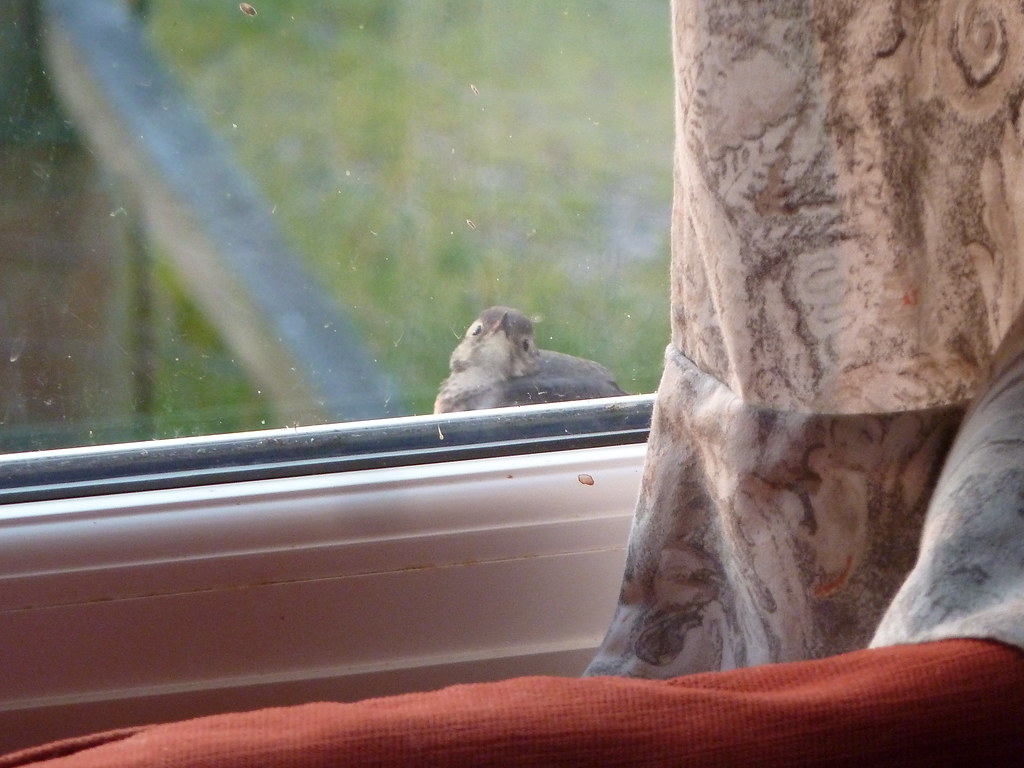
The most common reason birds peck at windows is that they’re seeing their own reflection and perceiving it as another bird invading their territory. This misunderstanding is particularly prevalent during breeding season when birds are establishing and defending their territories aggressively. Male birds especially become territorial guardians, ready to challenge any perceived competitors that might threaten their mating opportunities or nesting sites. The reflective nature of glass creates a perfect mirror image that the bird interprets as a rival, triggering an instinctive response to drive away the “intruder.” Unfortunately, no matter how vigorously they attack, the “rival” bird matches their movements perfectly, leading to persistent and sometimes exhausting confrontations that can last for days or even weeks.
Seasonal Patterns of Window Tapping
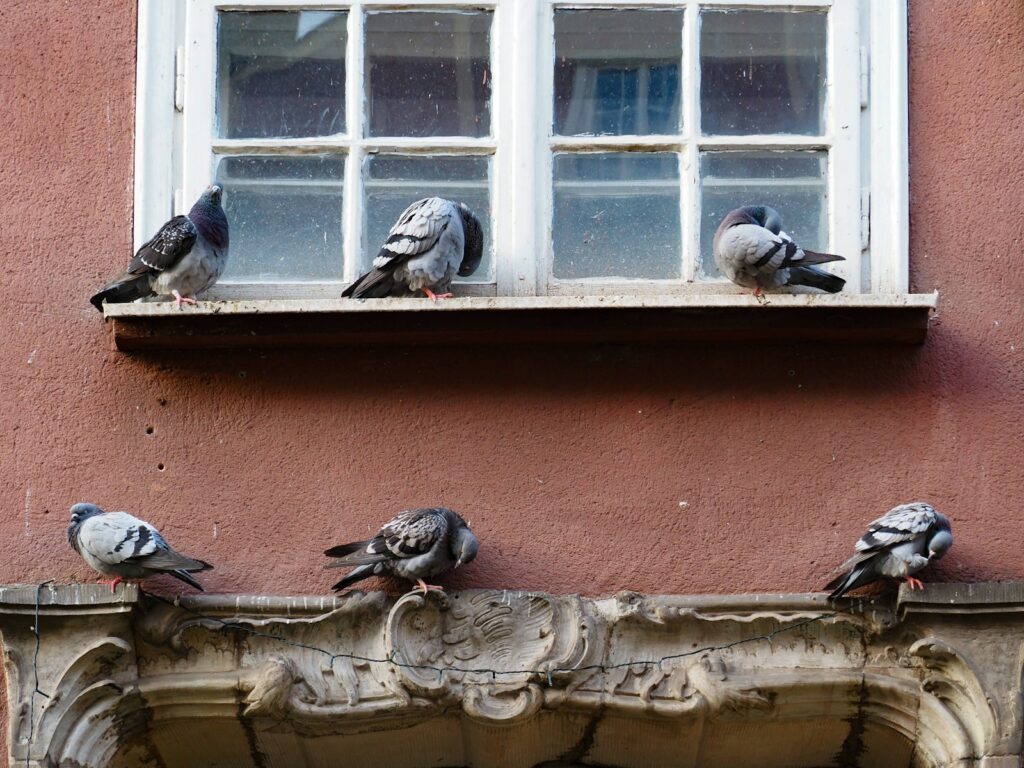
Bird window-tapping follows distinct seasonal patterns that align with their breeding cycles. Spring typically sees the highest frequency of this behavior as birds establish territories and compete for mates, making them particularly sensitive to perceived territorial invasions. Some species, like American robins, cardinals, and mockingbirds, are notorious for their persistent window attacks during their breeding season. During summer, the behavior may continue but often decreases as birds become occupied with raising their young. Fall and winter generally see significantly reduced instances of window tapping, though some year-round territorial species may continue the behavior. Understanding these seasonal patterns can help homeowners anticipate and address the issue before it becomes problematic.
Species Most Likely to Tap Windows
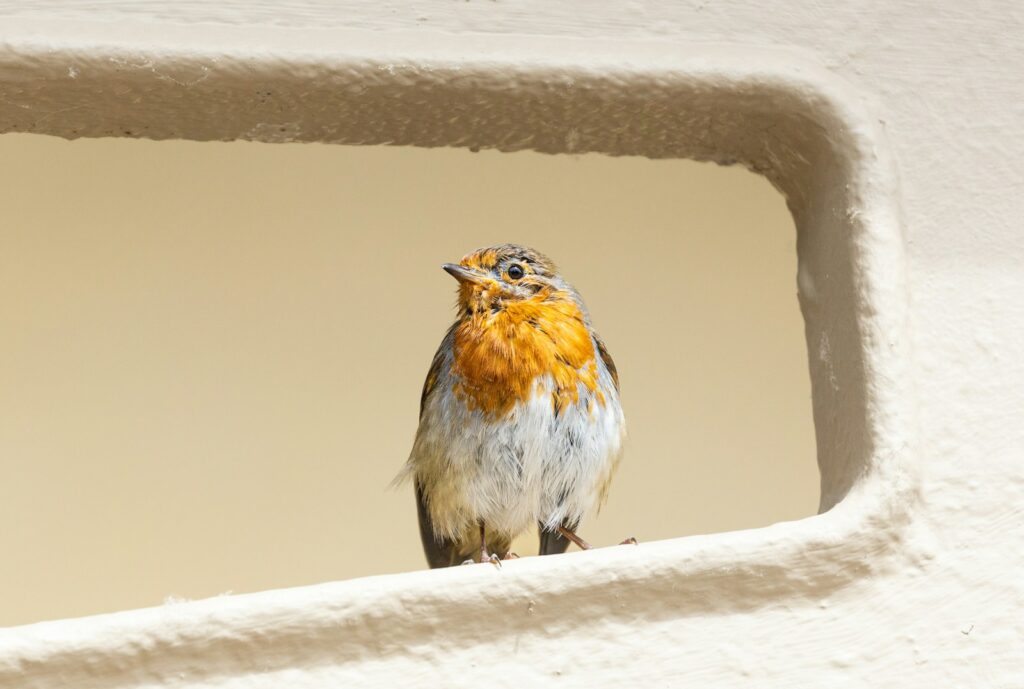
While many bird species might occasionally peck at windows, certain types are far more likely to engage in this behavior regularly. Northern Cardinals are perhaps the most notorious window tappers, with their bright red males being particularly territorial during breeding season. American Robins frequently attack their reflections, sometimes continuing for weeks at a time. Bluebirds, despite their gentle reputation, can become quite aggressive toward window reflections, especially when nesting nearby. Wild Turkeys, particularly males, may attack windows (and even car doors) when they see their reflection during their strutting season. Other frequent window-tappers include mockingbirds, sparrows, and various woodpecker species, though the latter often have different motivations than territorial defense.
Woodpeckers: A Special Case
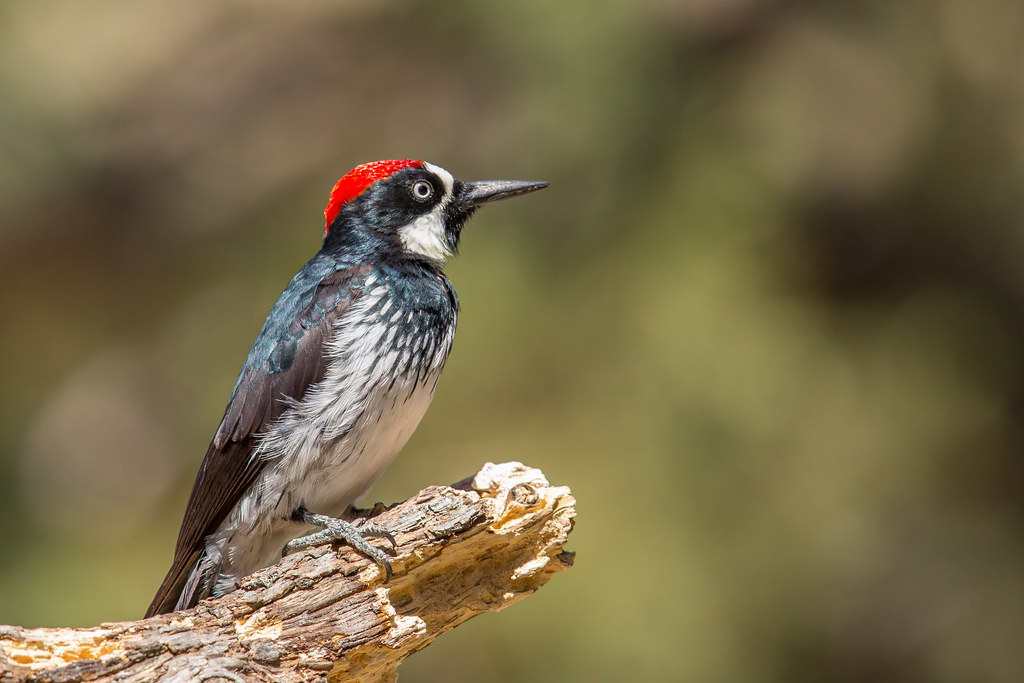
Woodpeckers represent a unique category of window tappers, as their motivation often differs from other birds. Rather than territorial defense, woodpeckers may drum on windows and house siding because the surfaces provide excellent acoustics for territorial signaling. The loud, resonant sound created by pecking on metal gutters, chimney caps, or window frames serves as an effective way to announce their presence to potential mates and rivals. Additionally, some woodpeckers may be attracted to wooden window frames that house insects, particularly if the wood has begun to deteriorate. In some cases, woodpeckers might even be responding to their reflection, but their persistent drumming pattern typically suggests territorial drumming rather than aggressive defense. This behavior is most common during early spring when woodpeckers establish breeding territories.
The Role of Insect Attraction
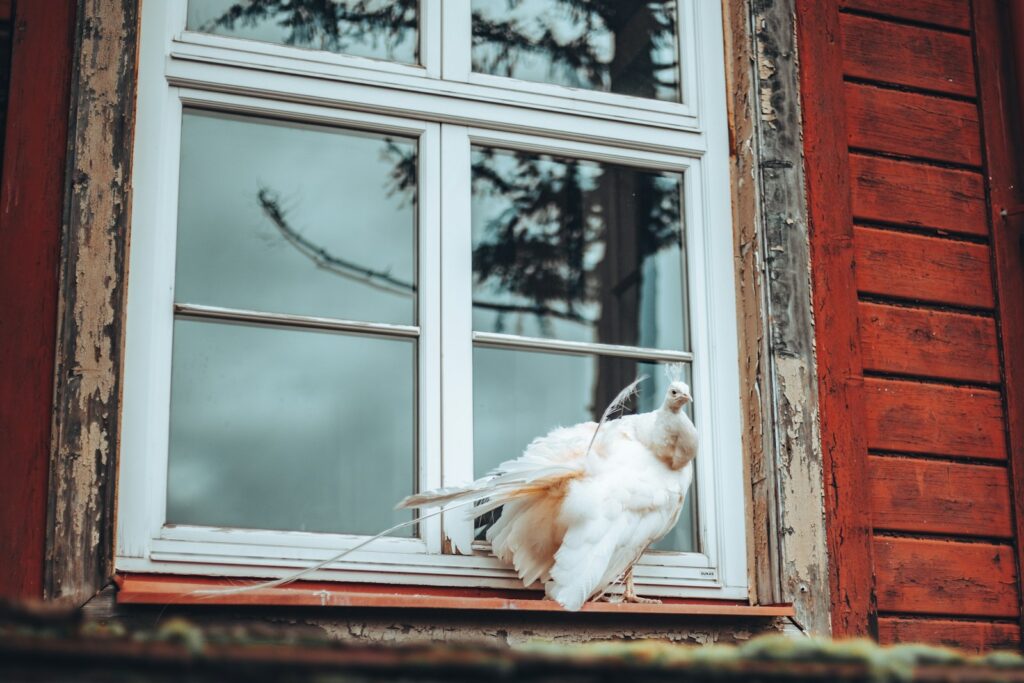
Sometimes birds tapping on windows aren’t interested in reflections or territorial displays at all – they’re hunting for insects. Windows, especially those with screens or wooden frames, can harbor small insects that birds find appetizing. Certain lighting conditions may make insects visible to birds that humans don’t readily notice, particularly in the early morning or evening hours. Some bird species, particularly nuthatches, chickadees, and certain warblers, may methodically work their way around window frames searching for spiders, flies, or other invertebrates hiding in crevices. House lights left on at night can attract insects to windows, creating a potential feeding ground that birds discover the following morning. This behavior is typically distinguished from territorial defense by its methodical nature – the bird moves systematically around the frame rather than attacking a single spot repeatedly.
Windows as Perceived Passages
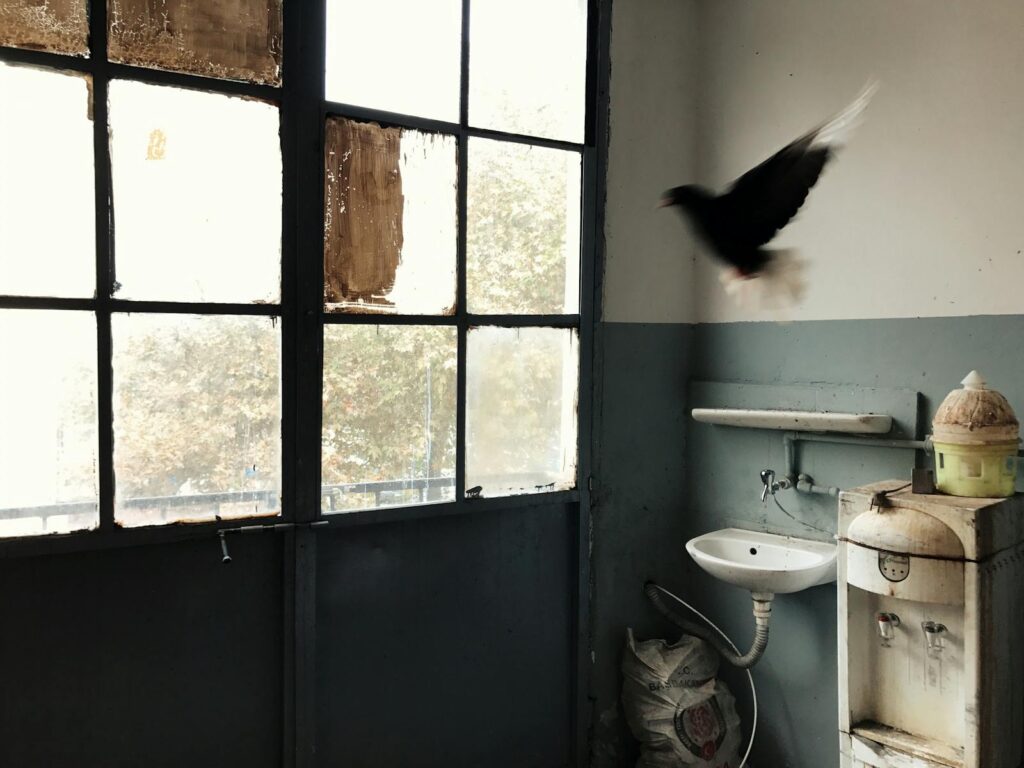
Birds sometimes tap on windows because they perceive them as potential passageways, especially when the glass is particularly clear or when indoor plants are visible. This confusion can be particularly dangerous, as birds may fly full-force into windows attempting to reach what they perceive as habitat or food sources on the other side. Reflections of nearby trees, plants, or sky can further confuse birds into thinking the window is a navigable space. Unlike the rhythmic, persistent tapping of territorial defense, these investigative taps tend to be gentler and exploratory in nature. Birds might hop along a windowsill, peering in and occasionally tapping as they try to make sense of what they’re seeing. This behavior is more common in migratory seasons when birds are actively seeking resources in unfamiliar territories.
Health Impacts on the Birds
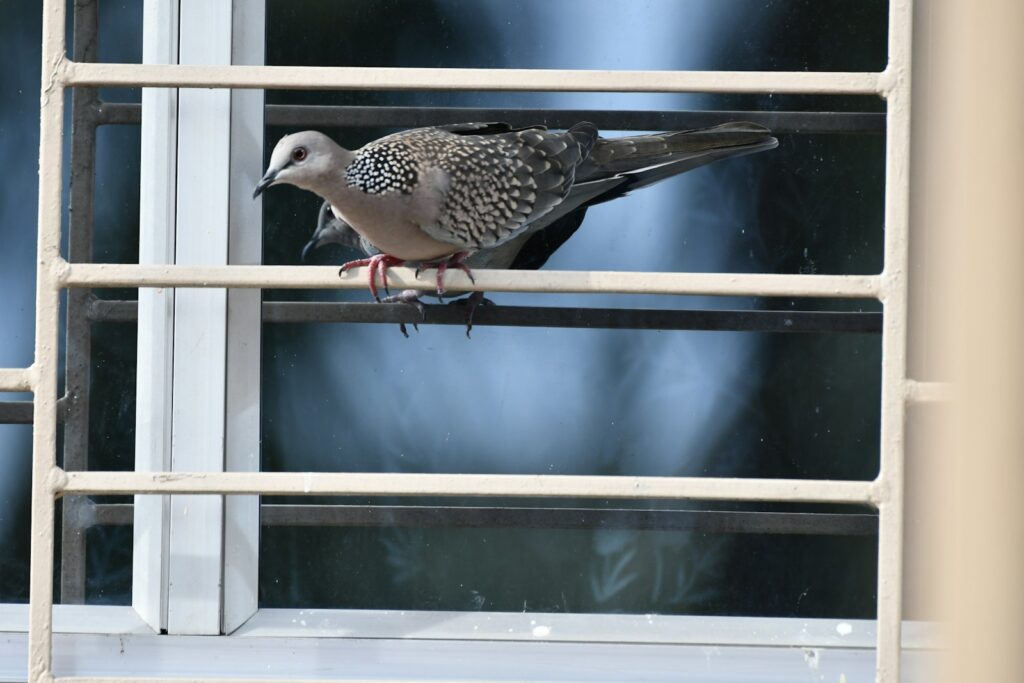
Persistent window tapping can have serious health consequences for the birds involved, sometimes leading to exhaustion, dehydration, or injury. Birds engaged in territorial defense may spend hours attacking their reflection, neglecting essential activities like feeding, nest-building, or caring for their young. Physical injuries can occur from repeated impacts, including beak damage, head trauma, or feather loss around the face. The psychological stress of seemingly endless territorial battles cannot be underestimated, as birds become increasingly frustrated by the unchanging “rival” that never retreats despite their best efforts. In extreme cases, birds have been known to continue this behavior until they collapse from exhaustion, making humane intervention not just kind but potentially life-saving for the determined defender.
Window Strikes vs. Window Tapping
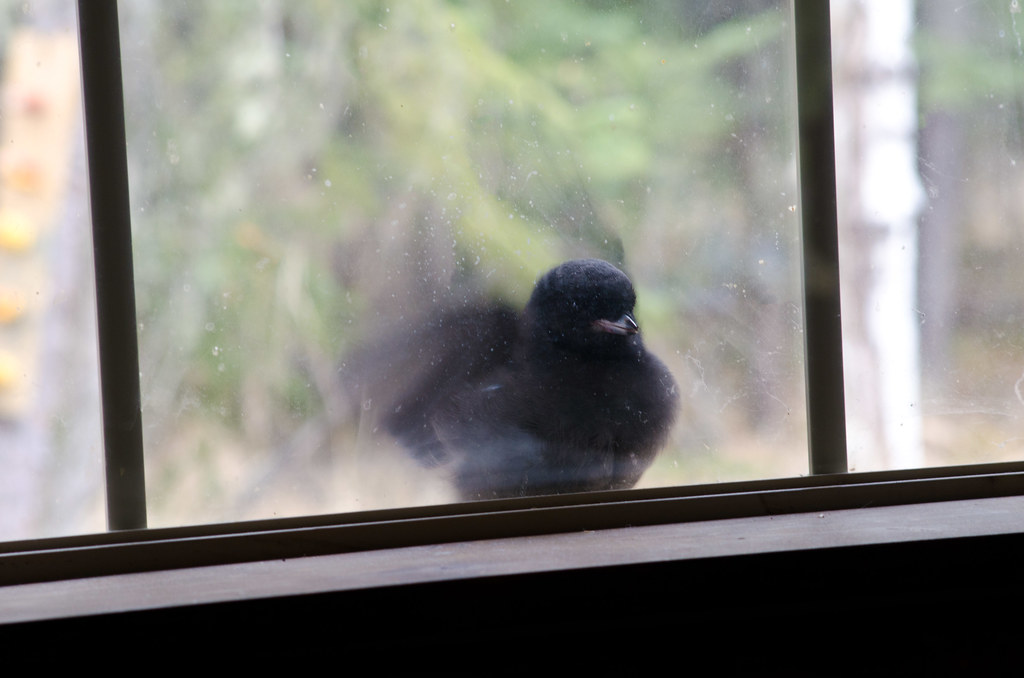
It’s important to distinguish between deliberate window tapping and accidental window strikes, as they represent different problems requiring different solutions. Window tapping is intentional, repetitive behavior where the bird deliberately pecks at the glass, usually due to territorial defense or insect-hunting. Window strikes, by contrast, occur when birds fly into windows at speed because they don’t perceive the glass as a barrier, often resulting in immediate injury or death. According to research, up to one billion birds die annually in North America alone from window collisions. While window tapping may be annoying, window strikes present a far more serious conservation concern that requires different mitigation strategies, such as special window treatments to make glass more visible to flying birds. Understanding this distinction helps homeowners implement the most appropriate solutions for their specific situation.
Solutions to Deter Window Tapping
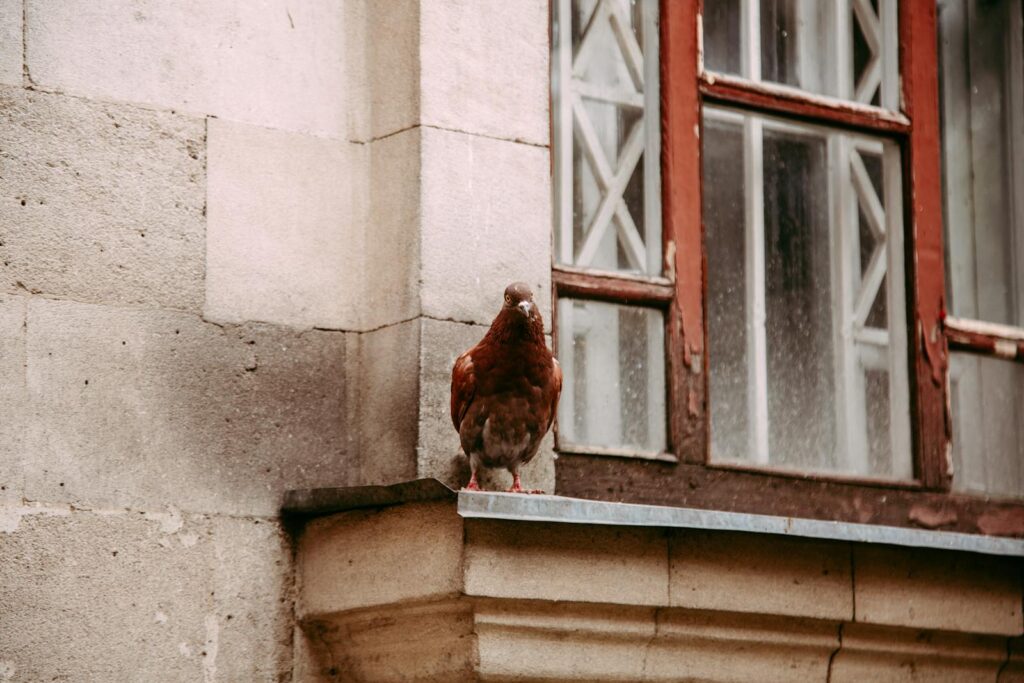
Several effective solutions can help discourage birds from tapping on your windows without causing them harm. Temporary window coverings like soap streaks, window paint, or commercial decals break up reflections and reduce the glass’s mirror-like qualities. External screens or netting placed a few inches from the window provide a buffer that prevents direct contact with the glass while reducing reflectivity. Strategic placement of bird feeders can help – either moving them very close to windows (less than 3 feet) so birds don’t build up flight momentum, or far enough away (over 30 feet) that reflections become less noticeable. For persistent cases, specially designed window films that appear transparent from inside but opaque or patterned from outside can provide a permanent solution without significantly reducing your view or natural light. Simple solutions like closing blinds or repositioning indoor plants that might be attracting attention can also make a significant difference.
Long-Term Prevention Strategies

Preventing window tapping before it starts can save both birds and homeowners considerable stress. When building or renovating, consider windows with specialized “bird-friendly” glass that incorporates ultraviolet patterns visible to birds but nearly invisible to humans. Strategic landscaping decisions can significantly reduce bird-window interactions – placing bird baths and feeders either very close to or significantly away from windows, and positioning shrubs and trees to discourage flight paths directly toward house windows. For existing homes, applying permanent external treatments like decorative window film, etched glass patterns, or even artistic external screens can deter territorial behaviors while enhancing your home’s aesthetic appeal. Some homeowners have found success with seasonal strategies, paying particular attention to problem windows during spring breeding season by temporarily applying deterrents during these high-activity periods.
Unusual Repeat Visitors
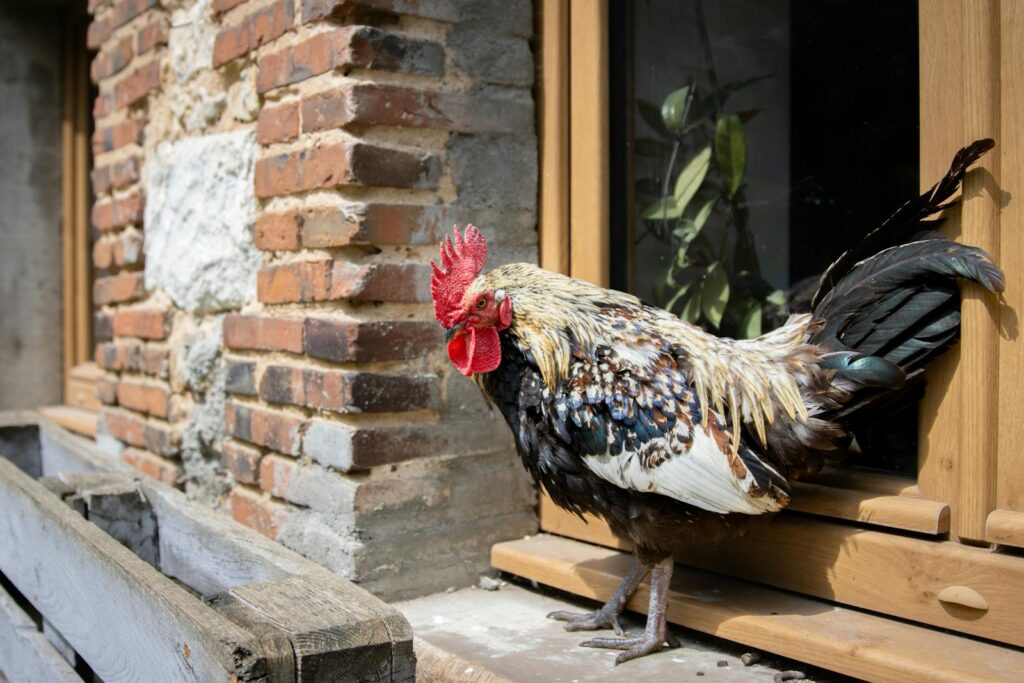
Occasionally, homeowners report individual birds that develop what appears to be a fixation on particular windows, returning day after day or even season after season. These unusual cases often involve particularly territorial species like cardinals or robins that may remember previous “encounters” with their reflection. Some birds have been documented returning to the same windows for multiple breeding seasons, suggesting they may incorporate these locations into their territorial memories. In rare instances, birds may even recognize and respond to human inhabitants, associating people with either positive experiences (like feeding) or perceived threats to their territory. Wildlife experts suggest these persistent visitors can sometimes be redirected through habitat modification, such as adding new nesting boxes or feeding stations that draw their attention away from problematic windows.
When to Seek Professional Help
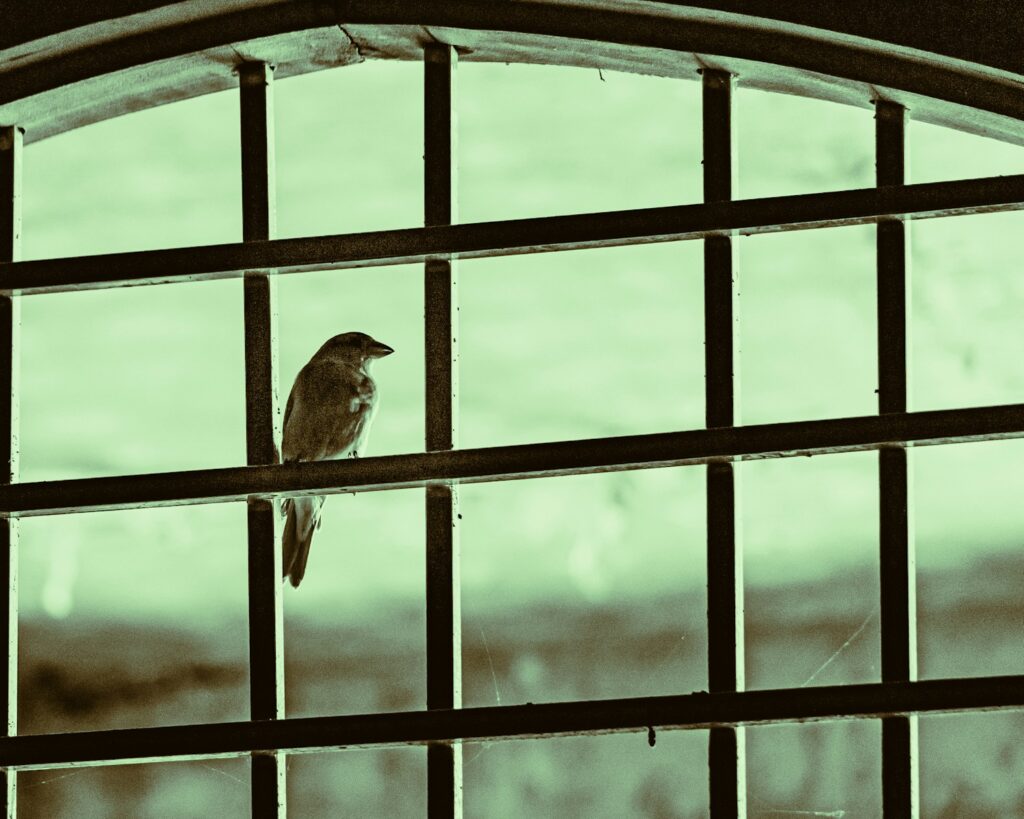
While most cases of bird window-tapping can be resolved with simple deterrents, some situations warrant professional intervention. If a bird appears injured, disoriented, or shows signs of extreme exhaustion from continuous window attacks, contacting a licensed wildlife rehabilitator is recommended. Professional assistance might also be necessary if birds are targeting multiple windows throughout your home, causing property damage, or if the behavior continues despite implementing various deterrent methods. Wildlife management professionals can provide specialized guidance for complex cases, particularly when dealing with protected species or unusually persistent individuals. Local Audubon societies, wildlife departments, or university extension offices often maintain resources and contact information for wildlife specialists who can address bird-human conflicts humanely and effectively.
The Science of Bird Perception
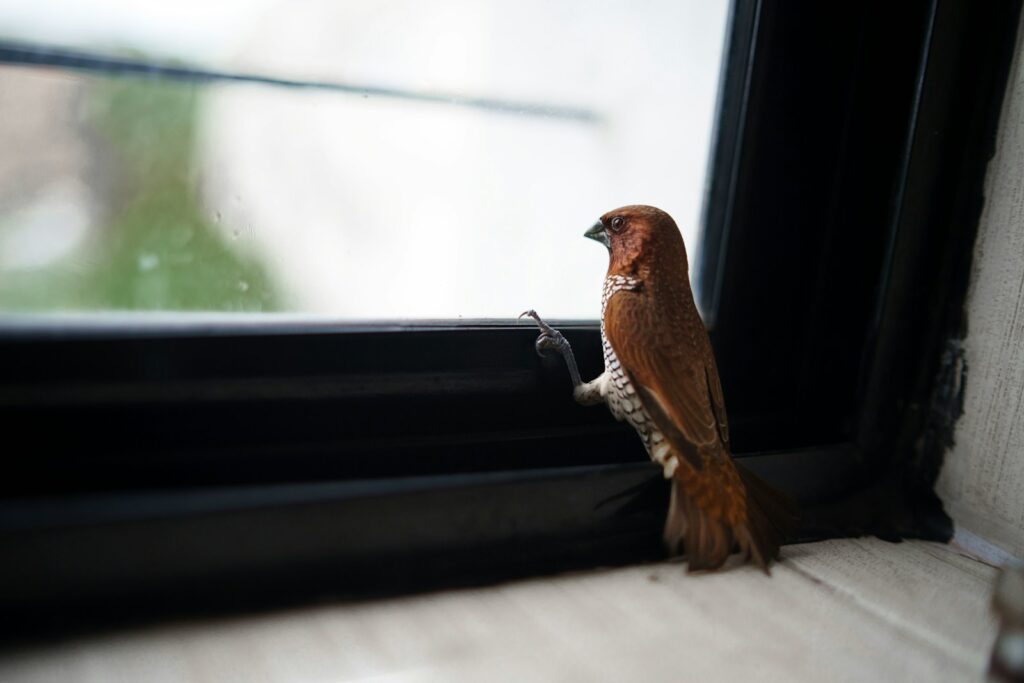
Understanding the science behind how birds perceive their environment helps explain their window-tapping behavior. Birds see the world differently than humans do – many species can perceive ultraviolet light invisible to the human eye, giving them a broader visual spectrum. This enhanced vision serves them well in nature but doesn’t help them identify modern glass as a solid barrier. Additionally, birds lack the sophisticated depth perception and contextual understanding that helps humans recognize reflections as unreal. Their brains are wired to respond quickly and decisively to territorial threats, with certain visual triggers (like the appearance of another male bird) prompting immediate defensive responses. Ornithologists studying this behavior have found that the bird’s inability to learn from these encounters relates to their neurological wiring – the instinctive response overrides any capacity to recognize the logical impossibility of the situation, explaining why even intelligent bird species may continue this seemingly futile behavior for extended periods.
The phenomenon of birds tapping on windows offers a fascinating glimpse into avian psychology and behavior. What might seem like a simple annoyance to homeowners represents a complex interaction between natural instincts and our modern built environment. Whether driven by territorial defense, insect hunting, or confusion about reflections, this behavior highlights how our architectural choices can inadvertently impact wildlife. By understanding the motivations behind window tapping and implementing humane deterrents, we can create a more harmonious coexistence with our feathered neighbors. Not only does this protect birds from potential harm, but it also allows us to appreciate these remarkable creatures from a place of knowledge and compassion rather than frustration.
